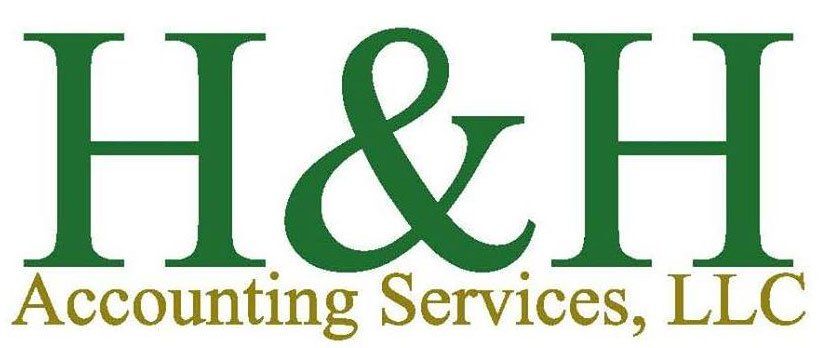How a SWOT Analysis Can Start Your Business Off Right

The purpose of a Strengths, Weaknesses, Opportunities and Threats (SWOT) analysis is fairly straightforward. The goal is to identify your business’s strengths, its shortcoming, potential opportunities for expansion or diversification and both short-term and long-term threats.
A strength could be something like quality. Maybe your business offers a better product than some of your competitors. A weakness could be high operating expenses or uneven cashflow. An opportunity might be the potential to open a second location. Threats often entail things your business can’t change, like new competitors or changing consumer preferences.
There’s no wrong time to do a SWOT analysis. Your business might benefit from doing a SWOT analysis at the very beginning, but there are many compelling reasons to perform them periodically throughout the life of your SMB.
Many businesses perform a SWOT analysis at least once a year. It can be a valuable tool to get your team on the same page about the health of your business and brainstorm ideas on ways it can be improved.
Gather a Team with Diverse Perspectives
Although you can do a SWOT analysis with just your upper management, it’s often a good idea to include middle managers, frontline employees or in some cases even customers. Getting perspectives from just one tier in a company’s hierarchy may offer a lopsided view and lead to groupthink about what constitutes a strength or weakness or what might be a real problem in the future.
The front-line workers in brick-and-mortar retail establishments who interact directly with customers often have good input to provide about how customers feel about their experience in the store, the selection and quality of products or how pricing or the shopping experience compares to competing stores.
Front-of-store workers, customer service specialist or retail salespeople also talk to their coworkers and might be privy to grumblings about benefits or compensation that don’t always make it up the chain from shift managers to store owners. For example, they might tell you that you’ve lost several employees to a competitor who offers an extra dollar per hour and health insurance to hourly workers.
People in management also have very different perspectives on what’s happening within a store based on where they’re positioned. Someone in HR might be more attuned to trends in employee behavior than other managers. Someone in accounting or distribution might spot potential supply hurdles sooner than other managers.
Customer feedback can also be important. Taking into account surveys or trends in online reviews can add value to a SWOT analysis. Honest and unvarnished assessments from regular customers might draw your attention to things your competitors do that you could emulate, or help you identify strengths you didn’t realize your store possessed.
For example, maybe you have a manager internally who thinks an overreliance on self-checkout is a weakness since it takes the personal touch out of the shopping experience. Then you find out through customer feedback that a lot of your shoppers specifically visit your store because it offers self-checkout. You might also discover that customers know they could pay less by going to one of your competitors but prefer to pay a bit more for the level of service or quality offered by your store.
Strengths
Strengths are things your business does well. This can include both the skills or knowledge of your team as well as the physical assets or infrastructure of your business. This is also where you’d want to include competitive advantages, like offering better pricing or products than your competitors.
Weaknesses
Being honest about all your business’s weaknesses is important, but it’s often best to focus on the most pressing weaknesses and the ones that are within your control to fix. If you know employee turnover is a problem, you can take this opportunity to diagnose causes and brainstorm solutions. Also list things your business lacks in terms of equipment, processes or institutional knowledge. A weakness could be anything from a poor location to unreliable suppliers, so think broadly.
Opportunities
Consider not only opportunities within your existing business offerings but also the potential for diversification. A weakness could also be an opportunity. If you know poor brand recognition is a weakness you can consider various marketing solutions or branding campaigns as opportunities. Opportunities might also be acquiring new technologies, systems, patents or even specialists.
Threats
Threats often focus on competitors and things that are beyond your control. For example, you can’t control the demand for your services. If your business had contracts to maintain payphones or print phonebooks, then cell phones and the internet were extinction-level threats. Hopefully your business doesn’t face those kinds of threats, but waning demand for your services or new competitors might constitute threats.
Would Your Phoenix Business Benefit from a SWOT Analysis?
Performing your own SWOT analysis is fairly simple. You could do it with a group on a big white board or even a piece of paper. Just draw four boxes – one for strengths, weaknesses, opportunities and threats – and list the pertinent points for each. If you’re looking for more in-depth analysis on specific aspects of your business – like employee benefit plans, cash flow, cost controls or risk management – the Phoenix business consultants at H&H Accounting Services can help.
Give us a call at (480) 561-5805 for a
free, no-obligation consultation.



